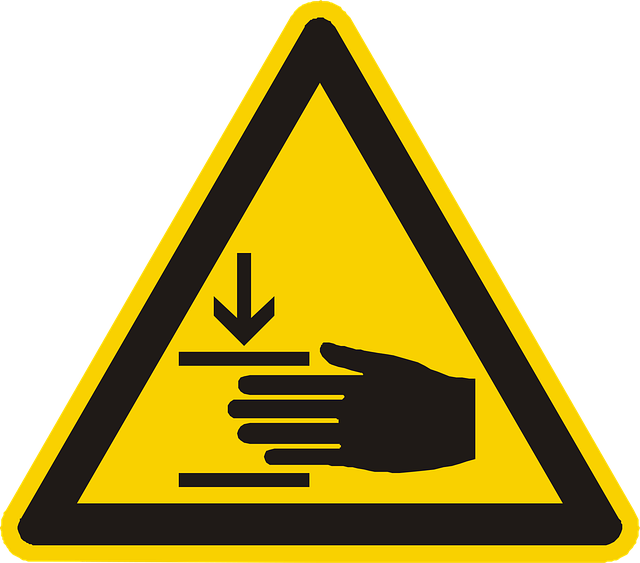Dog bite laws vary globally but primarily aim to protect victims and hold owners accountable, with strict time limits (1-2 years) for legal action. Understanding these laws is vital for navigating lawsuits, securing settlements, and protecting rights, especially in nursing home abuse cases. Key elements of legal responsibility include proof of ownership, victim's presence, dog aggression history, medical records, and owner negligence. Consulting an accident lawyer promptly can help navigate complex regulations and ensure favorable outcomes.
Dog bites can cause severe injuries, making it crucial to understand the legal time limits under dog bite laws. This comprehensive guide explores the key aspects of dog bite liability, including an in-depth look at statutory deadlines and the importance of prompt action. We delve into the requirements for establishing legal responsibility, various exceptions to time limits, and legal procedures for seeking extensions. By understanding these nuances, victims can ensure they protect their rights under dog bite laws.
- Understanding Dog Bite Law Requirements
- – Overview of dog bite liability laws
- – Key elements to establish legal responsibility
Understanding Dog Bite Law Requirements

Dog bite laws are designed to protect victims and hold dog owners accountable for their pets’ actions. Understanding these legal requirements is crucial when dealing with potential claims. These laws vary by jurisdiction, but they generally mandate that dog owners be held liable if their pets cause harm or injury to others. This liability can cover medical expenses, pain and suffering, and in some cases, punitive damages.
Victims of dog bites often have a limited time frame to take legal action, typically ranging from one year to two years, depending on the location. In addition to these time limits, proving negligence is essential when pursuing compensation. This involves demonstrating that the dog owner was negligent in controlling or supervising their pet, and this negligence directly led to the victim’s injuries. Knowledge of local laws, such as those governing slip and fall accidents or truck accident cases, can be beneficial when navigating a dog bite lawsuit, potentially leading to more favorable accident settlements.
– Overview of dog bite liability laws

Dog bite laws vary by jurisdiction but generally hold pet owners liable for damages caused by their dogs. These laws aim to protect victims and ensure accountable ownership. When a dog bites, it’s crucial to understand the legal framework surrounding such incidents. Each state or region may have specific statutes outlining time limits for filing claims, types of compensation available, and responsibilities of both owners and victims.
In cases involving nursing home abuse, where a resident is harmed by a dog, understanding these laws becomes even more critical. As with any legal matter, promptly seeking counsel from an experienced accident lawyer can help navigate complex regulations and ensure rights are protected. Moreover, in situations where a breach of contract or negligence might be involved, such as inadequate security measures allowing a dog to escape and bite someone on the premises, victims may have additional recourse under relevant laws.
– Key elements to establish legal responsibility

Establishing legal responsibility under dog bite laws involves several key elements. First, it’s crucial to prove that the defendant owned or had control over the dog at the time of the bite. This is often established through witness statements and, if applicable, documentation like registration records. Next, you need to demonstrate that the victim was lawfully on the premises where the bite occurred, meaning they weren’t trespassing or engaging in illicit activities. Additionally, establishing the dog’s history of aggression or unprovoked behavior is essential; medical records and prior incidents can serve as compelling evidence.
Other factors, such as the severity of injuries sustained and the negligence or recklessness of the owner (e.g., failing to control the dog despite knowing its tendencies), also play significant roles in determining liability. While a car accident lawyer or truck accident lawyer may not directly handle dog bite cases, understanding accident settlements and the legal principles behind them is beneficial when navigating dog bite law claims.
When it comes to dog bite laws, understanding the legal time limits to act is crucial. In many jurisdictions, victims have a limited window to file claims or take legal action after a dog-related injury. Promptly seeking medical attention and documenting all interactions with the dog owner can significantly enhance your case. By familiarizing yourself with the key elements of dog bite liability laws and adhering to these time limits, you can ensure the best possible outcome in the event of a dog bite incident.






